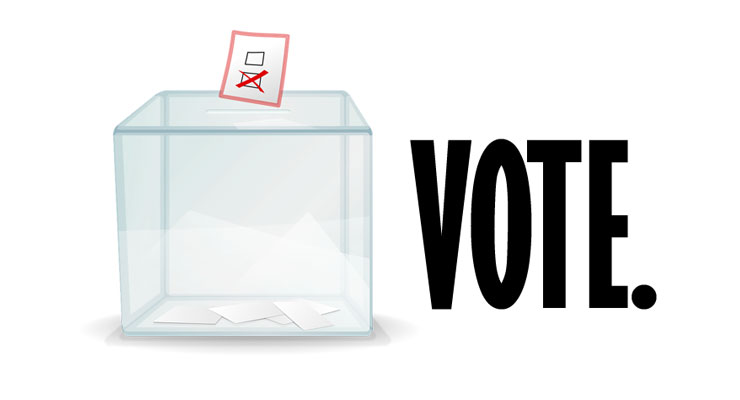
The Fair Representation Act (H.R. 3057) is being put forward as a possible solution to the constant controversies surrounding the redistricting process. A recent survey of 2,482 registered voters, fielded by Nielsen Scarborough, examined many aspects of popular opinion on election reforms from ranked choice voting and multi-member districts to but the the most groundbreaking is an analysis of opinion on redistricting and the various proposals for reform.
Democracy Chronicles friends at FairVote, a ‘nonpartisan champion of electoral reforms’ located in Maryland, recently held a great discussion on the topic. As a reminder of what is in the Fair Representation Act, FairVote’s website has the following explanation:
The Fair Representation Act report outlines a bold plan to increase competition and fairness in U.S. House elections and reduce polarization of Members elected to the U.S. House of Representatives. The report simulates the projected impact of HR 3057 – The Fair Representation Act, by analyzing a series of hypothetical district maps generated automatically by software using parameters meant to approximate the Act’s district-drawing rules.
The Fair Representation Act, HR 3057, would transform House elections through three primary reforms: 1) ranked choice voting, 2) multi-winner districts, and 2) independent redistricting commissions. We show that a U.S. House elected under the Fair Representation Act would look very different.
The video below shows a FairVote sponsored discussion on redistricting and is about 40 minutes. Take a look:
Leave a Reply